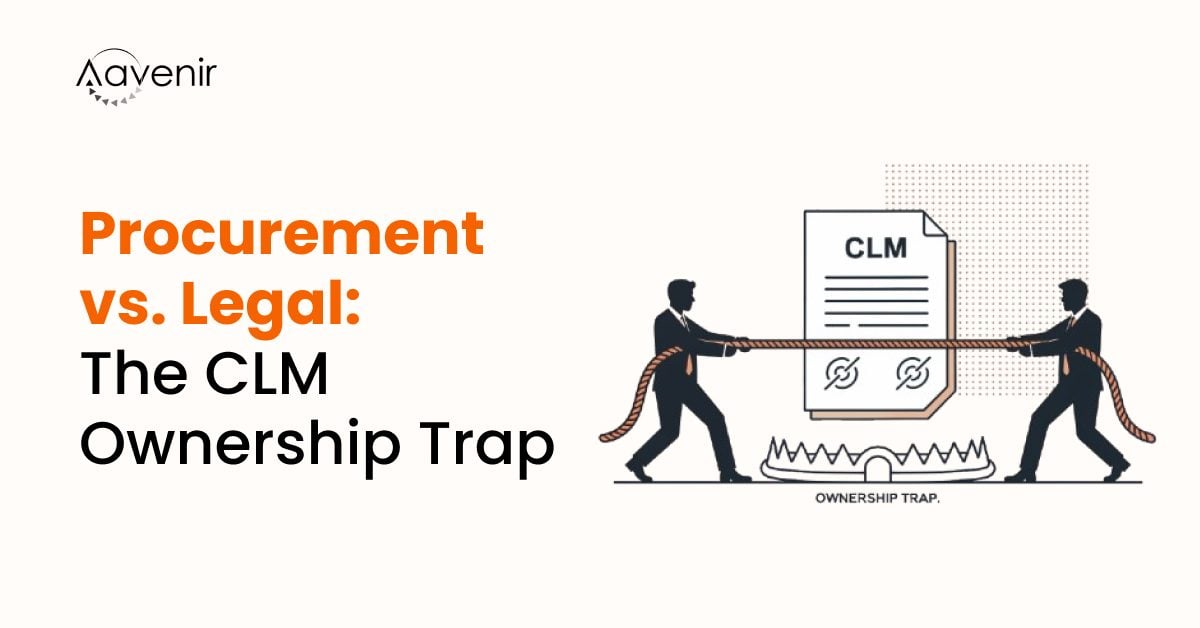One of the key strengths of procurement is the capacity for negotiation with suppliers. In a world where the buyer and supplier landscape is changing dramatically, effective vendor negotiation strategies can result in significant savings, offer your business access to sources of innovation, and lower risk. Unfortunately, most businesses are often experiencing a paradigm shift in power from buyers to vendors in the absence of clearly outlined vendor negotiation strategies.
Often, vendors are found to eliminate their competition by driving down costs or developing disruptive technologies. In others, the fast-growing demand for inputs has outdone supply to such an extent that vendors can charge what they want. Buyers have also been found to consolidate demand and force vendors to lower their prices so far that many vendors exited the market, giving the remaining few more clout.
Whatever the reason, it is important for companies that have gotten into a weak position with vendors to approach the situation strategically. Relying on hard negotiations through their procurement offices can even lead to more complexities. To help with the strategic reappraisal, we’ve suggested three win-win vendor negotiation strategies.
Let’s look at each strategy in detail.
Win-win Vendor Negotiation Strategies to Make the Right Deal
Strategy #1: Add More Value to the Vendor
Considered the easiest approach, it involves rebalancing the power equation and turning a purely commercial transaction with vendors into a strategic partnership. Companies can provide new value in two ways:
- Be a gateway to new markets
- Take initiatives to reduce the vendor’s risks
If any procurement organization constantly faces price hikes from its preferred vendors, it may consider entering a new market in which the supplier has failed to gain attention. Here, by negotiating a discounted price, the procurement organization could help suppliers deliver their products into those new markets.
Strategy #2: Change How You Buy
Your next best alternative is to change your pattern of demand. Because this strategy can have implications for other parts of your organization, it requires close collaboration with any functions that could be affected. A company can change its demand patterns in three ways, all of which may require intensive data collection and analysis:
- Consolidate purchase orders
- Rethink purchasing bundles
- Decrease purchase volume
Strategy #3 Onboard a New Vendor
Although a high-risk option, properly implementing this strategy can transform a company’s prospects. A new vendor onboarding strategy is necessary for industries where price negotiations have gone so far as to drive most vendors out of business, effectively giving the survivors a monopoly. Firms have essentially two paths:
- Bring in a vendor from an adjacent market
- Vertically integrate to become their own vendor
Conclusion
In the negotiation process, a procurement professional should learn to compromise to the best extent possible. However, one must know where and in which areas to compromise, as it is essential to reach an agreement to avoid conflict and misunderstanding.
Improve Procurement Contract Negotiations on ServiceNow. Read More>>
For a win-win negotiation, it is better that individuals try to adjust to each other in such a way that both parties benefit and meet their expectations. Also, most of you will agree that using a Service Vendor checklist is preferable for contract review and negotiation with vendors.
Leverage this contract review & negotiation checklist to get immediate visibility into vendor management risk exposure covering key components of enterprise-class supplier risk assessment programs. Download Vendor Contract Negotiation Checklist Now



